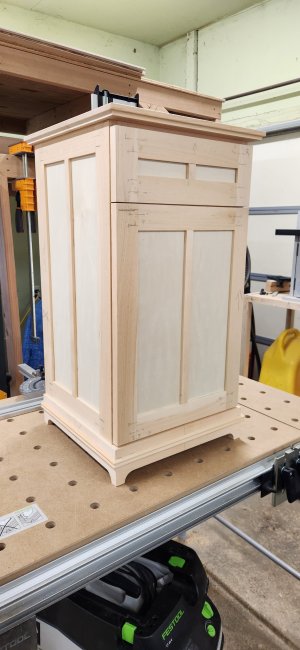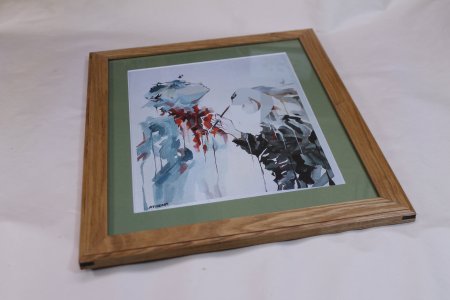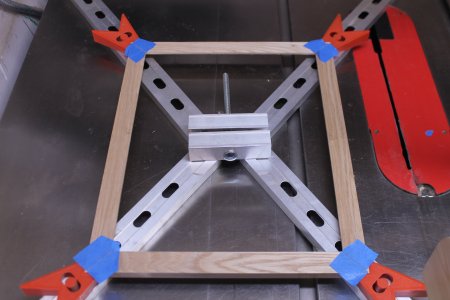ReneS
Member
I have a DeWalt SCMS, the DWS780.
I have it dialed in, but i get slight imperfections. For example, rectangular cabinet bases (basically a drawer box without the bottom) with mitered corners often have one of the corners open by a minute amount, even using dominos for alignment.
I saw Sedge once say always clamp you work piece when cutting it on a miter saw.
Is that my issue? If it isn't and it's the saw, does the Kapex make perfect cuts?
Or am I being too picky and just need to give my metered corners a few love taps to close them up?
I have it dialed in, but i get slight imperfections. For example, rectangular cabinet bases (basically a drawer box without the bottom) with mitered corners often have one of the corners open by a minute amount, even using dominos for alignment.
I saw Sedge once say always clamp you work piece when cutting it on a miter saw.
Is that my issue? If it isn't and it's the saw, does the Kapex make perfect cuts?
Or am I being too picky and just need to give my metered corners a few love taps to close them up?



